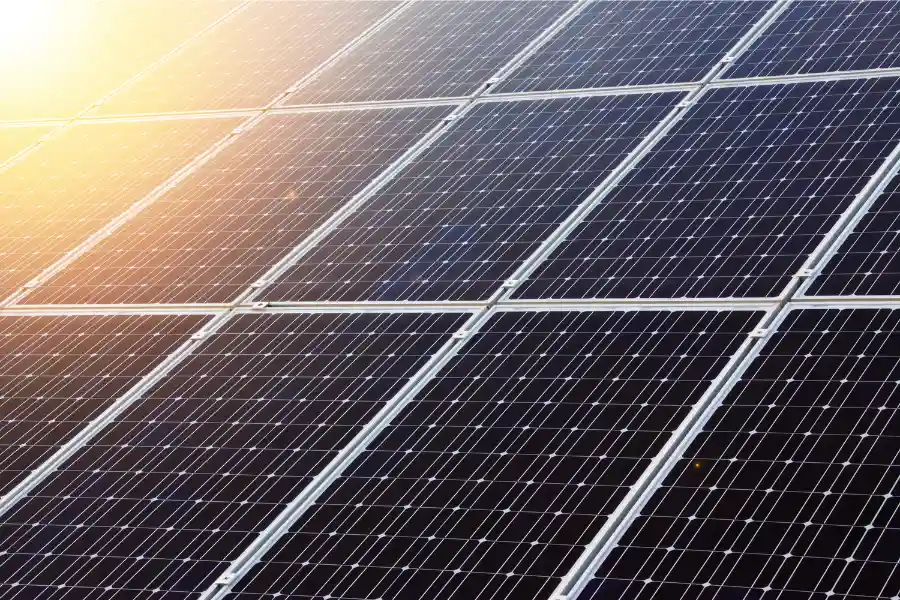In today’s fast-moving tech world, the XCV Panel is a behind-the-scenes hero, quietly running things like internet connections and data centers. If you’ve heard of it but don’t know what it is, don’t worry—you’re not alone.
This blog is here to explain all about the XCV Panel in 2024. We’ll simplify it, discuss its importance, and give you the latest information. The XCV Panel is making significant changes in healthcare, cars, and gadgets, and we will break it down for you.
So, whether you’re a tech fan or just curious, stick around as we uncover the secrets of the XCV Panel.
What is the XCV Panel?
The XCV Panel, sometimes called XCV for short, is an electronic part that sends data quickly. It’s essential for different technology setups, like data centers where computers store information, telecommunications networks connecting people to the internet and phone calls, and networking equipment that links devices together. Even though you might not see or use an XCV Panel directly, it helps make things like streaming videos, playing online games, and having video calls possible by keeping everything running smoothly and quickly behind the scenes.
Origin of XCV Panel
The XCV Panel started when people needed better ways to send data quickly. It’s not named after anything specific, but it became a common term for a type of electronic part used in fast data transmission systems. As technology advanced, the demand for quicker and more reliable communication grew, so these unique panels were developed and used in places like data centers and networks. They help ensure everything runs smoothly behind the scenes, even if you don’t see or use them directly.
XCV Panel Impact on the Solar Panel Industry

It’s important to know that XCV and solar panels are different technologies and don’t affect each other directly. XCV panels help with fast data transmission, while solar panels use sunlight to make electricity. So, saying that XCV panels impact the solar industry isn’t right. However, they both benefit from improvements in semiconductor technology, which they both use.
Also, data transmission is essential when it comes to managing solar energy. XCV Panels could help by sending information from solar farms for better distribution. And sometimes, new ideas in one technology area, like XCV panels, can inspire improvements in another, like solar panels, in the future.
Benefits and Applications of Using XCV Panels
XCV panels have many benefits and can be used in different ways:
Benefits
Fast Data Transfer: XCV Panels can send data quickly, which is vital for streaming videos and online gaming.
Flexible and Versatile: They come in different types to fit different needs. They work for short or long distances, depending on your needs.
Small and Efficient: XCV Panels are small and don’t use much power, so they’re suitable for places where space is limited. They also help save energy.
Affordable: Compared to older tech, XCV Panels give good performance for a reasonable price. That means businesses can get what they need without spending too much.
Can Grow with Your Needs: If you need more data capacity later, add more XCV Panels easily. And they’re ready for new tech like 5G and virtual reality.
Applications
Data Centers: XCV Panels help data centers run smoothly by ensuring servers and other equipment can talk to each other quickly. This helps with things like storing data and running cloud services.
Telecommunications Networks: They help send internet and phone data over long distances, connecting people and businesses worldwide.
Networking Equipment: XCV Panels connect different devices in a network, like switches and routers, ensuring data flows smoothly within organizations or cities.
High-Performance Computing (HPC): They help with big computing tasks, like running simulations for science or engineering.
Emerging Tech: XCV Panels are ready for new tech trends like 5G and the Internet of Things (IoT), helping to make them faster and more connected.
Latest Developments in XCV Panel Technology
The XCV Panel, a vital tool for fast data transmission, is continually improving to meet the demand for speed and efficiency. Recent upgrades include handling more data at faster speeds, shrinking in size for better space use, using less energy to save costs, enhancing security measures, exploring AI for more innovative network management, and adapting to support upcoming technologies like quantum computing and faster networks, ensuring even more rapid and safer data transfer in the future.
Setting Up and Using Your XCV Panel

Setting up and using your XCV Panel involves trained technicians installing it into compatible network equipment, followed by configuration by network administrators to adjust parameters like link speed and security settings. Once connected to the network, tests ensure proper functionality, and ongoing monitoring tracks performance, while maintenance includes firmware updates and cleaning. Safety precautions should always be observed to ensure safe operation, such as only allowing qualified personnel to handle installation and maintenance due to sensitive electronics and potential heat generation.
Also Read: https://diagonaux.com/what-is-myhrkp-basic-facts-to-know-in-2024/
Advantages and Challenges of the XCV Panel
The XCV Panel has its upsides but also some downsides. On the good side, it’s fast and perfect for streaming and cloud computing. It can adapt to different needs and new technology and is small and energy-efficient. Plus, it’s not too expensive compared to older options, and you can easily add more as you need. But there are challenges, too. Setting it up and running it smoothly can be tricky and might require experts.
Sometimes, it might only work with some of your other equipment, and new versions come out fast, so you might need to upgrade often. There’s also the risk of cyber attacks, and even though it’s efficient, it still uses energy and makes heat, which can be a problem in big data centers. Despite these challenges, the benefits of XCV panels for speeding up data and networks are still outstanding.
Future of XCV Panel
The future of XCV panels looks exciting, with improvements in several areas. We expect faster speeds with 200Gbps and 400Gbps XCV panels, perfect for AI and VR. They’ll also get smaller, making them great for crowded data centers. XCV panels will use less power, helping to save money and the environment. They’ll also become more competent with AI and better manage networks. And they’ll have better security to keep data safe from cyber threats. We might even see unique XCV panels for quantum computing and underwater communication. New materials like graphene will make them even faster and more efficient.
Alternatives of XCV Panel
When looking at alternatives to XCV Panels, there are a few options:
SFP+/SFP28: These modules offer lower speeds (10Gbps and 25Gbps) but are cheaper. They’re smaller and less flexible than XCV Panels, suitable for places with limited space or more minor needs.
QSFP+/QSFP28: These are similar to SFP+ but faster (40Gbps and 100Gbps), with the potential to upgrade to 200Gbps. They’re bigger and use more power but are suitable for shorter needs and can fit in smaller spaces.
CFP and CFP2: These offer high speeds (100Gbps and 200Gbps), like some XCV Panels. But they’re bulky and might be more expensive. They’re best for swift needs where space is refined.
FAQs
What exactly is an XCV Panel?
An XCV Panel is a crucial part of technology that helps send data quickly between network devices.
How does an XCV Panel work?
XCV Panels use unique technology to change data into signals and send them quickly across networks so devices can talk to each other.
What are the good things about using XCV Panels?
XCV Panels are great because they’re fast, can adapt to different needs, are small, save space, and are less expensive than older tech.
Will XCV Panels work with my current network stuff?
Yes, XCV Panels are made to work with many different network devices, so they should fit well with what you already have.
How can I keep my XCV Panels safe?
To keep your XCV Panels safe, use strong security measures like keeping them updated and protected from hackers.
Conclusion
In summary, XCV Panels are essential for fast data transmission in networks. They’re great because they’re quick, adaptable, and fit well with existing network devices. But it’s vital to keep them safe from hackers. Overall, XCV Panels ensure our devices can communicate quickly and efficiently.
If you want to learn more, visit our blog, diagonaux.com.

Hi there! I’m Admin and writer at Diagonaux.com, with over 30 years of experience. I love playing with words, whether it’s covering news, diving into business topics, or creating beautiful poems and stories. Making complex things easy to understand is my superpower. Join me on this writing journey, where I bring words to life in various exciting ways!





Leave a Reply